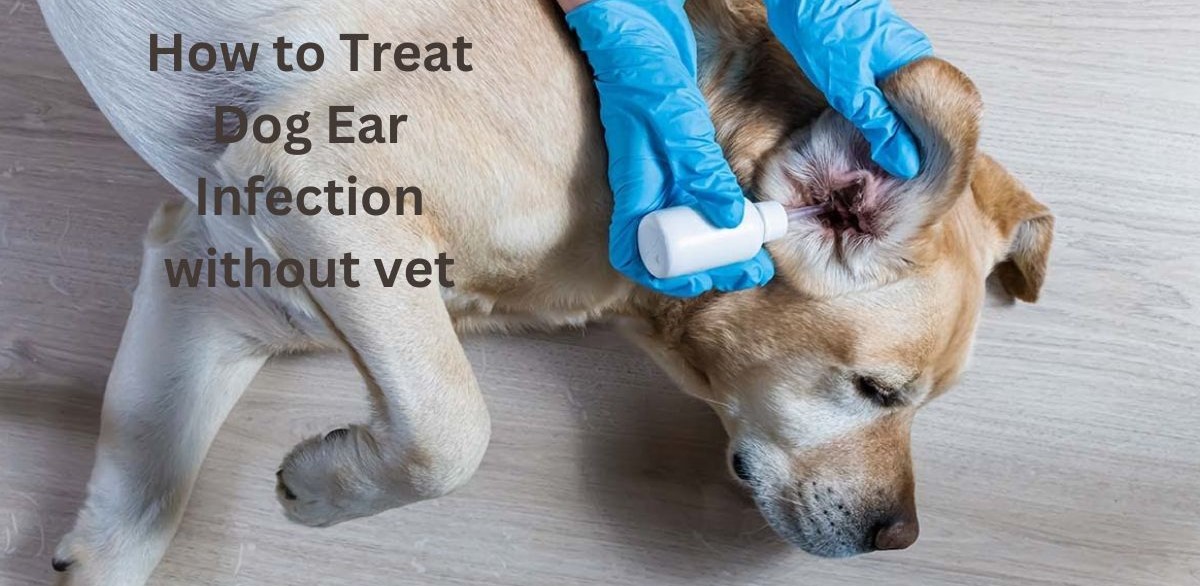If you’re like most dog owners, the thought of taking your furry friend to the vet can be a bit daunting. But what if you could treat your dog’s ear infection without ever having to step foot in a veterinary office? Here’s how!
Introduction
dog ear infections are unfortunately quite common. If you’ve ever noticed your dog shaking his head or pawing at his ears, he may have had an ear infection. While most ear infections in dogs are not serious, they can be quite painful for your pup and, if left untreated, can lead to more serious health problems.
There are several different ways to treat a dog ear infection without having to take them to the vet. Here are some home remedies that you can try:
What Causes Ear Infections in Dogs?
There are many different causes of ear infections in dogs. But they can generally be divided into three categories:
- allergies
- foreign bodies, and
- anatomic abnormalities.
Allergies are the most common cause of ear infections in dogs. Atopy, or allergic inhalant dermatitis, is an allergic reaction to environmental allergens such as pollen, mold, or dust mites. Dogs with atopy may scratch their ears or shake their heads. They may have other signs of allergies such as itchy skin or recurrent hot spots.
Food allergies can also cause ear infections, although they are less common. Dogs with food allergies may scratch their ears or shake their heads. They may have other signs of allergies such as itchy skin or recurrent hot spots.
Foreign bodies such as grass seeds, dirt, and wax can become lodged in the ear canal and irritate it. These foreign bodies can also create an environment where bacteria and yeast can grow, leading to an infection.
Dogs with foreign bodies in their ears may shake their heads, hold their heads to one side, and paw at their ears. They may also have discharge from their ears that are brown, yellow, or bloody.
Anatomic abnormalities of the ear canal can make dogs more susceptible to ear infections. The most common abnormality is called stenosis, which is a narrowing of the ear canal. This narrowing can be congenital (present at birth) or acquired (develops over time).
Other anatomic abnormalities include tumors of the ear canal, polyps (non-cancerous growths), and long hairs that extend into the ear canal from the hair follicles on the outer ear flap (pinna).
Dogs with these abnormalities may shake their heads or hold their heads to one side. They may also have discharge from their ears that are brown, yellow, or bloody.
How to Prevent Ear Infections in Dogs
While most dog ear infections are treatable with antibiotics, they can often prevented with regular cleaning and care. Here are some tips on how to keep your dog’s ears healthy and avoid infection:
- Check your dog’s ears weekly for signs of redness, swelling, discharge, or odors.
- Keep your dog’s ears clean and dry. Use a cotton ball soaked in warm water to wipe away any wax or debris.
- Avoid letting your dog get water in his ears when swimming or bathing. Use cotton balls to protect his ears and prevent water from getting in.
- If your dog has long hair, keep it trimmed around his ears to improve air circulation.
- Don’t use cotton swabs or other objects to clean inside your dog’s ears. This can cause more damage than good.
How to Treat Ear Infections in Dogs
If your dog has been scratching at his ear or shaking his head, he may have an ear infection. Though ear infections are common in dogs, they can be painful and cause long-term damage if left untreated.
While the best course of action is always to take your dog to the vet. There are some things you can do at home to ease your dog’s discomfort and treat the infection.
Begin by cleaning your dog’s ear with a gentle, dog-safe cleanser. You can buy cleansers for dogs at most pet stores. Apply the cleanser to a cotton ball and wipe the inside of your dog’s ear, being careful not to go too deep into the ear canal.
You should also remove any excess hair from inside the ear canal; this will help to prevent future infections.
Once the ear is clean, you can apply drops designed to treat dog ear infections. Again, these can be found at most pet stores. Put a few drops into your dog’s ear and then massage the base of his ear for a minute or so. This will help to loosen any buildup and allow the medication to reach deep into the infection.
If your dog’s infection is particularly bad or if he seems in a lot of pain. You may also want to try an over-the-counter pain reliever designed for dogs.
Be sure to follow the dosage directions on the package; giving your dog too much medication can be dangerous.
Most importantly, if your dog’s symptoms do not improve within a few days or if they seem to be getting worse, make an appointment with your vet right away. Left untreated, ear infections can cause serious damage to your dog’s ears and even lead to deafness.
When to See a Vet for Ear Infections in Dogs
There are several over-the-counter treatments for dog ear infections. But it’s important to see a vet to make sure that the infection isn’t serious. If your dog is shaking his head, has red and inflamed ears, or if there is a discharge from his ears, he may have an ear infection and should be seen by a vet.






